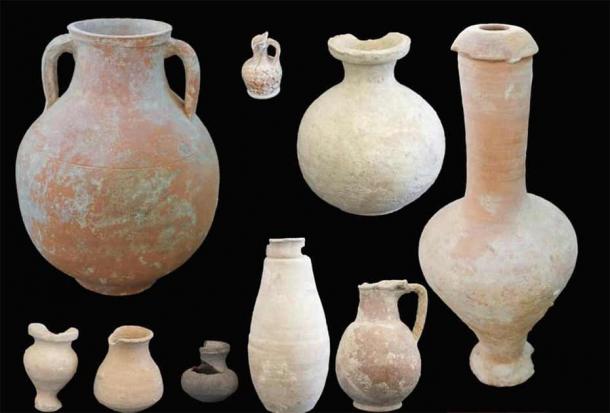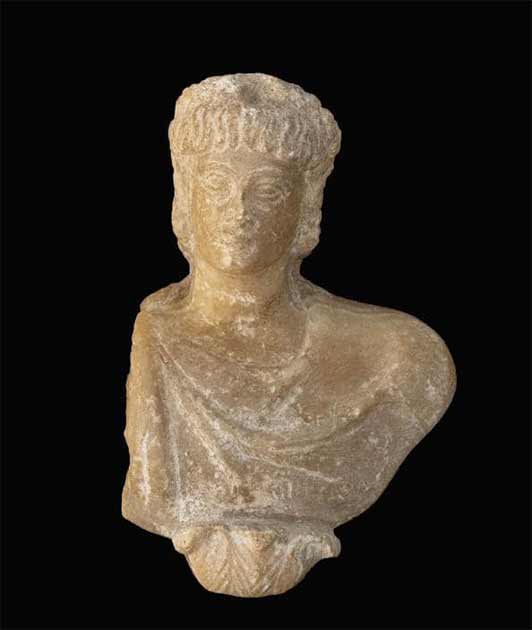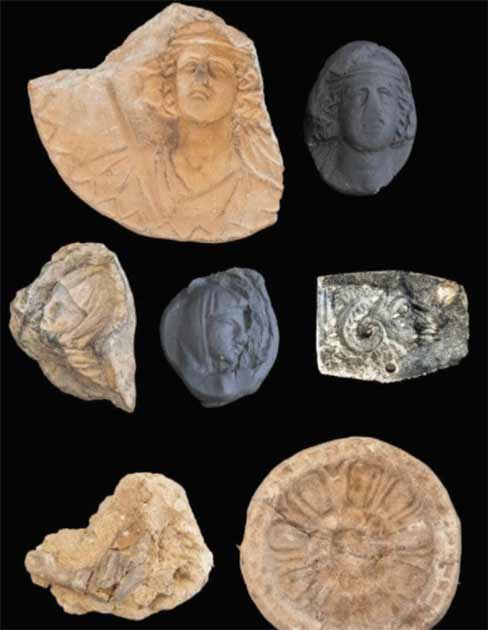2,200 Year Old Alexander the Great Statue Discovered in Alexandria
The Ministry of Antiquities in Cairo has discovered a statue of Alexander the Great within an ancient “residential and commercial zone” in Alexandria that they believe was a trade centre in the region during the Ptolemaic period.

The archaeologists made their discovery after 9 months of excavations.
The team discovered moulds for statues of Alexander the Great at the site as well as an alabaster bust of the iconic ancient leader. Also amongst these items were materials for creating amulets for warriors.

As they explored this area of Alexandria, known as the al-Shatby neighbourhood, “the mission found a large network of tunnel tanks painted in pink for storing rain, flood and groundwater to be used during the draught time” said Mostafa Waziri, the Secretary-General of the Supreme Council of Antiquities of Egypt to the Xinhua news agency.
Waziri further explained the layout of the town: “it was composed of the main street and several branch roads that are all connected with a sanitation network.”
He believes that the area was active from the 2nd century B.C. to the 4th century A.D. Waziri also noted that the team found an array of pottery pots, coins, plates, fishing tools, and rest houses for travellers.

The ruins of the area’s buildings combined with the artefacts found there have led the team to believe that the town had a lively market that sold pots and had workshops for the construction of statues, amulets, and other items.

The fascinating Greek history behind the Egyptian city of Alexandria
The story of Hellenism in Alexandria, Egypt’s second-largest city, goes back more than two millennia and is marked by Alexander the Great’s placement of the first stone as part of the city’s first street in 331 BC.
Alexander III, the “Basileus of Macedon”, the “Hegemon of the Hellenic League”, the “Shahanshah” of Persia, the “Pharaoh” of Egypt and the “Lord of Asia” — better known as Alexander the Great — was one of the most significant figures in human history.
Born in Pella, in modern-day Central Macedonia, northern Greece, in 356 B.C., he was the son of Philip II, the King of Macedon and his wife, Olympias.
But Alexander was no royal place-holder. He became renowned at a very early age both for his military and political capabilities.
Hellenistic Alexandria was best known for the Lighthouse of Alexandria (the Pharos), one of the Seven Wonders of the Ancient World; its Great Library (the largest in the ancient world); and its Necropolis, which was one of the Seven Wonders of the Middle Ages.
Alexandria was at one time the second-most powerful city of the ancient Mediterranean region, after Rome.
In modern times, Greeks began to settle in Alexandria again in the 18th and 19th centuries.
A new wave of immigration flooded Alexandria shortly after the Greek revolution of 1821, marking the beginning of the so-called European era of the city.





